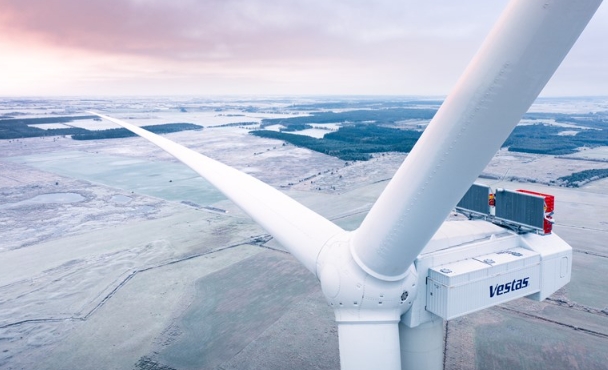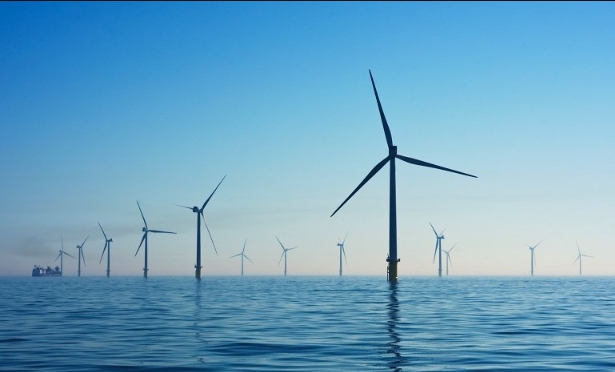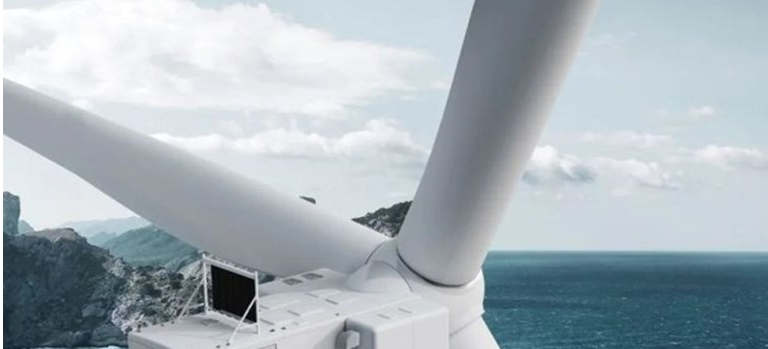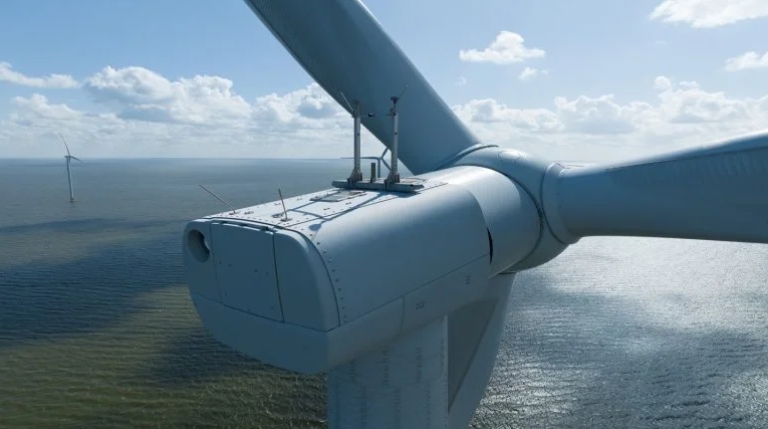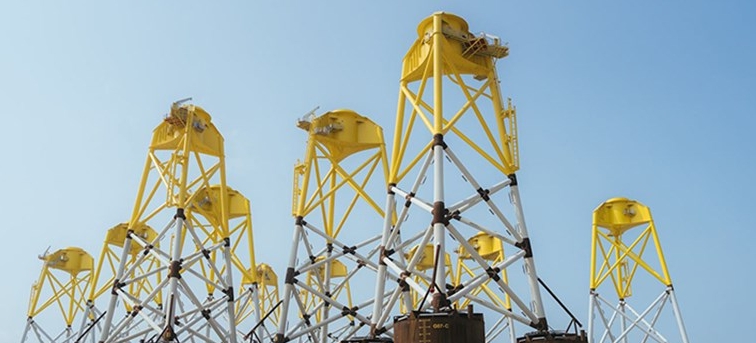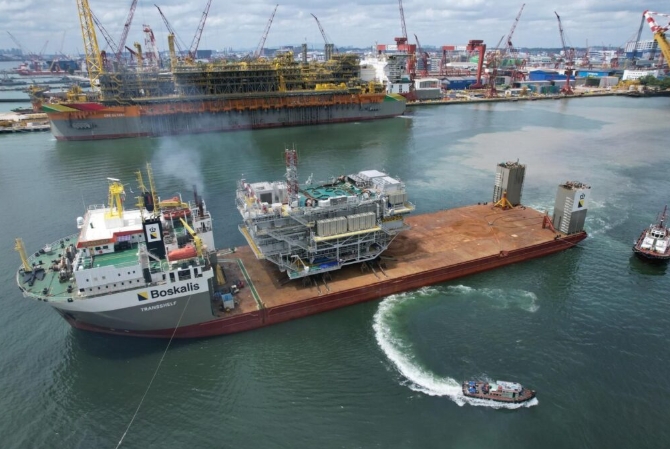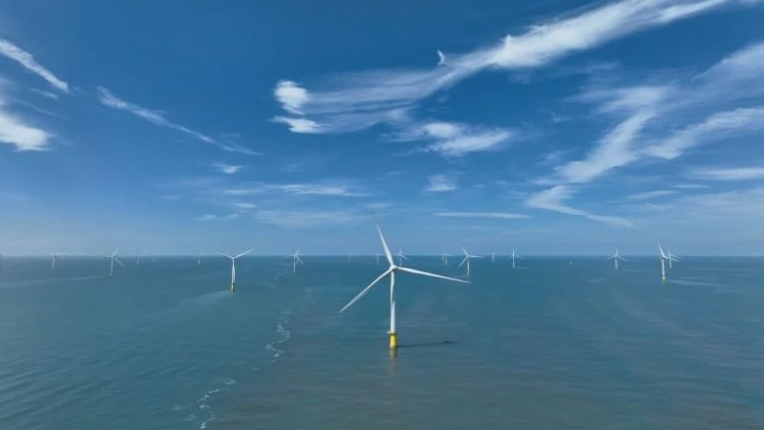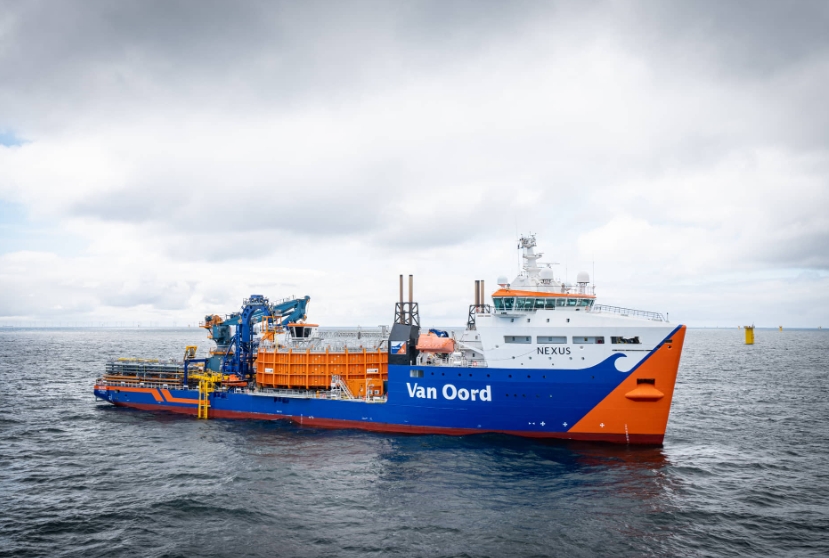On January 4, 2020, the 1000 kV UHV AC ring network project in Shandong Province—Hebei Province, China successfully completed the 72-hour trial operation and was put into formal operation. This marks the basic formation of the North China UHV AC backbone grid with the highest voltage level and the strongest grid structure in the world today.
The Shandong-Hebei UHV AC ring network project is an important part of the North China UHV grid. The project was approved by China's National Development and Reform Commission on October 31, 2017, and construction started in May 2018. The newly added transformer capacity is 15 million kVA, with a total length of 816 kilometers, a total of 1,632 bases of iron towers, and an investment of more than 14 billion yuan.
After the project is completed and put into operation, the receiving capacity of the receiving grid of the North China Power Grid outside the zone will reach more than 30 million kilowatts, exceeding one-tenth of the maximum load of the North China Power Grid in 2018 and one-third of the maximum load of the Shandong Power Grid in 2018. It can reduce coal-fired consumption by 75.6 million tons, reduce carbon dioxide emissions by 148.5 million tons, and reduce sulfur dioxide by 370,000 tons. It will effectively promote the large-scale development and large-scale consumption of clean energy in Northeast and Inner Mongolia, and reduce the short-circuit current level of the power grid. The ability to resist severe faults will create favorable conditions for the subsequent connection of Zhangbei Wind Power to the North China Power Grid, and to achieve clean replacement and power replacement.
Since China's first UHV project was put into operation in 2009, China State Grid Corporation of China has completed 29 UHV AC substations in 11 years, with a total line length of more than 12,000 kilometers. The company has mastered the core technology of UHV transmission with comprehensive independent intellectual property rights, and has significantly improved the level of China's power grid technology and equipment manufacturing. Moving towards the mid-to-high end of the global value chain, it has become an important support for the emerging strength of the international electrical manufacturing industry that can compete with internationally renowned brands and serve the construction of the “Belt and Road”.
